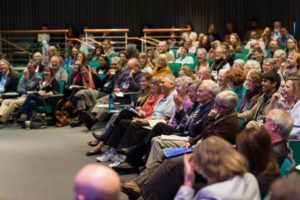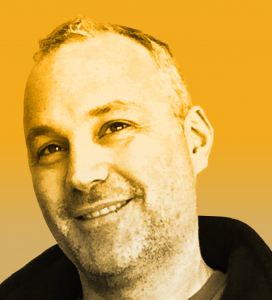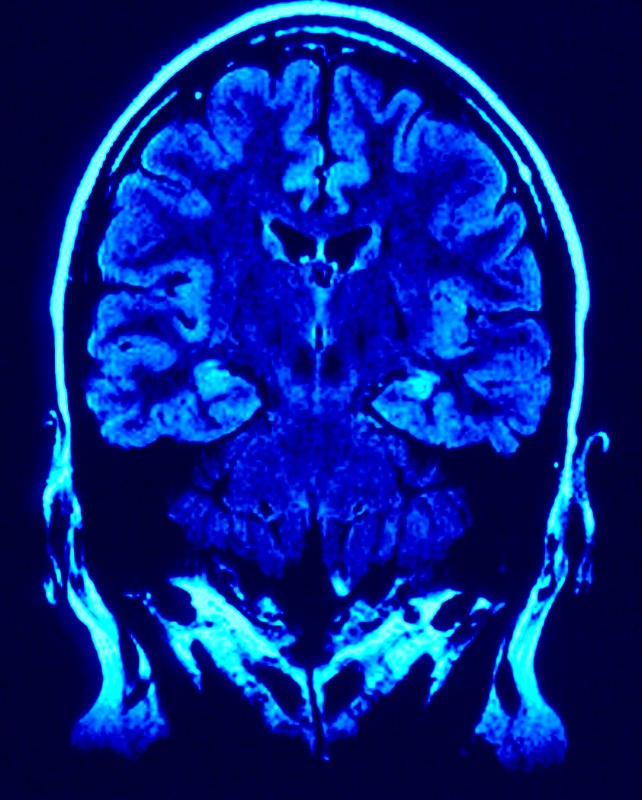 The International Forum on Consciousness offers a lively two days of information sharing and discussion regarding important—and often challenging—topics. Over the years, we have been guided through a range of topics, including creativity, near death, entheogens, intelligence in nature, business evolution and the effects of sensory inputs. This year, we’re tackling Means and Metrics for Detecting and Measuring Consciousness. You can find out more here: https://www.btci.org/events-symposia-2018/international-forum-on-consciousness/ .
The International Forum on Consciousness offers a lively two days of information sharing and discussion regarding important—and often challenging—topics. Over the years, we have been guided through a range of topics, including creativity, near death, entheogens, intelligence in nature, business evolution and the effects of sensory inputs. This year, we’re tackling Means and Metrics for Detecting and Measuring Consciousness. You can find out more here: https://www.btci.org/events-symposia-2018/international-forum-on-consciousness/ .
As we work on the final details for this year and registrations flow in, I took a moment to pause and reflect on the fact that several of the registrants have joined us for many, if not all, of our past events. It’s gratifying to see that they are taking time out of their normal routines to make their way to the Promega campus again this spring. So, I asked a few of them to share their thoughts for this post and this is what they had to say: Continue reading “Back for More: Thoughts from 3 Regular Attendees on the International Forum on Consciousness”
 When Dave Romanin came to work for Promega he was fresh out of school with a degree in bacteriology. His plan was to work for a year in manufacturing and then go back to graduate school. But in the end, he didn’t go. There was no incentive, he explains, for him to spend five years in graduate school making little to no money. He didn’t want to write grants or run his own lab, and he enjoyed what he was doing.
When Dave Romanin came to work for Promega he was fresh out of school with a degree in bacteriology. His plan was to work for a year in manufacturing and then go back to graduate school. But in the end, he didn’t go. There was no incentive, he explains, for him to spend five years in graduate school making little to no money. He didn’t want to write grants or run his own lab, and he enjoyed what he was doing.![One tired pony. By Rachel C from Scotland (Flickr) [CC BY 2.0 (http://creativecommons.org/licenses/by/2.0)], via Wikimedia Commons](https://www.promegaconnections.com/wp-content/uploads/2016/02/Equine_joke-269x300.jpg)
 When my my Mother’s sister, Pat, was seven years old, she was in a car-bicycle accident that resulted in some very serious brain trauma. She spent better than a year learning to walk and talk again, and although there were some lasting personality changes, she went on to earn a nursing degree and live an independent life. When I think of My Aunt Pat, I can’t help but marvel at what the human brain can do. Damaged brain tissue does not re-grow, but still the brain can find a way to rewire itself to circumvent damaged areas.
When my my Mother’s sister, Pat, was seven years old, she was in a car-bicycle accident that resulted in some very serious brain trauma. She spent better than a year learning to walk and talk again, and although there were some lasting personality changes, she went on to earn a nursing degree and live an independent life. When I think of My Aunt Pat, I can’t help but marvel at what the human brain can do. Damaged brain tissue does not re-grow, but still the brain can find a way to rewire itself to circumvent damaged areas.